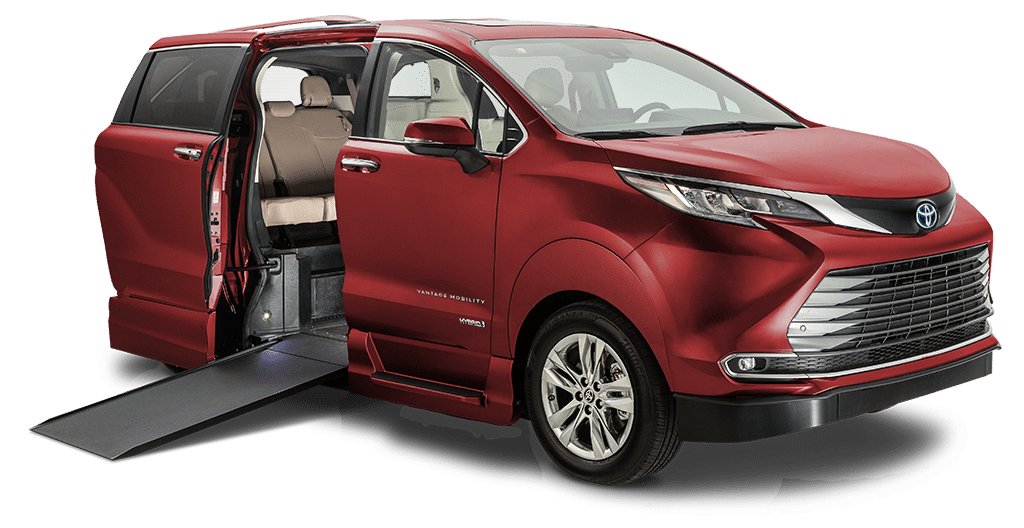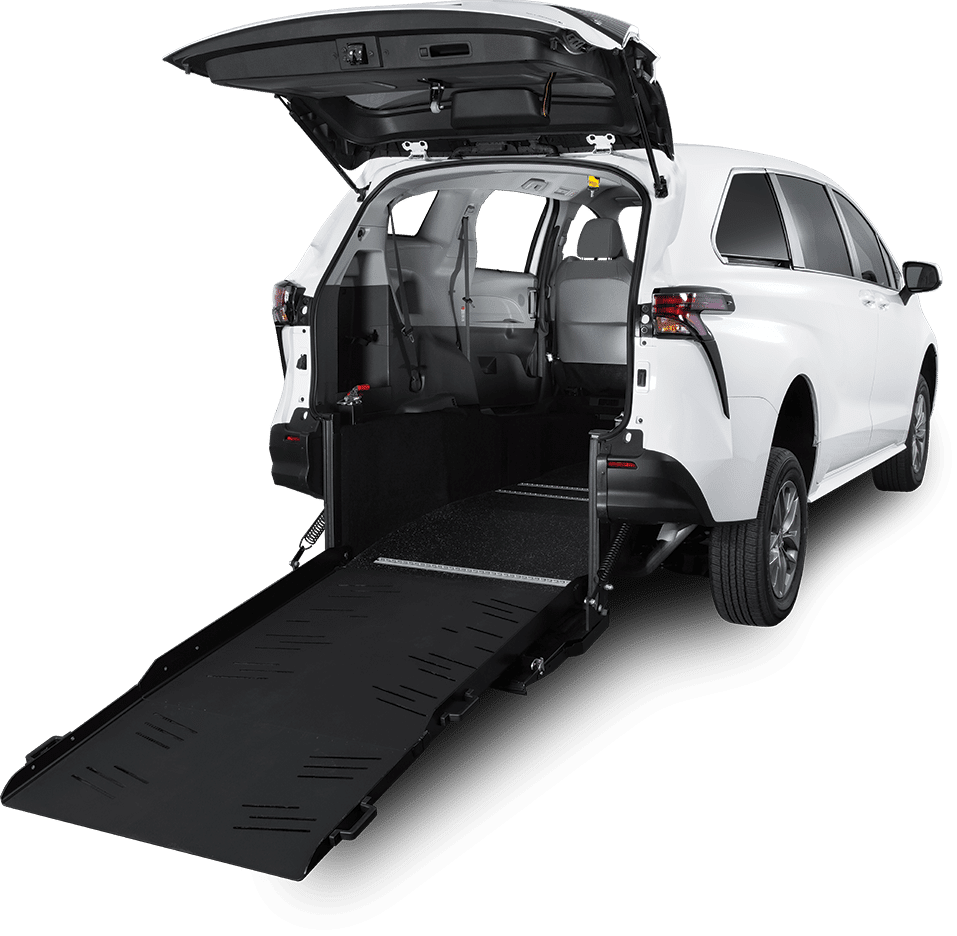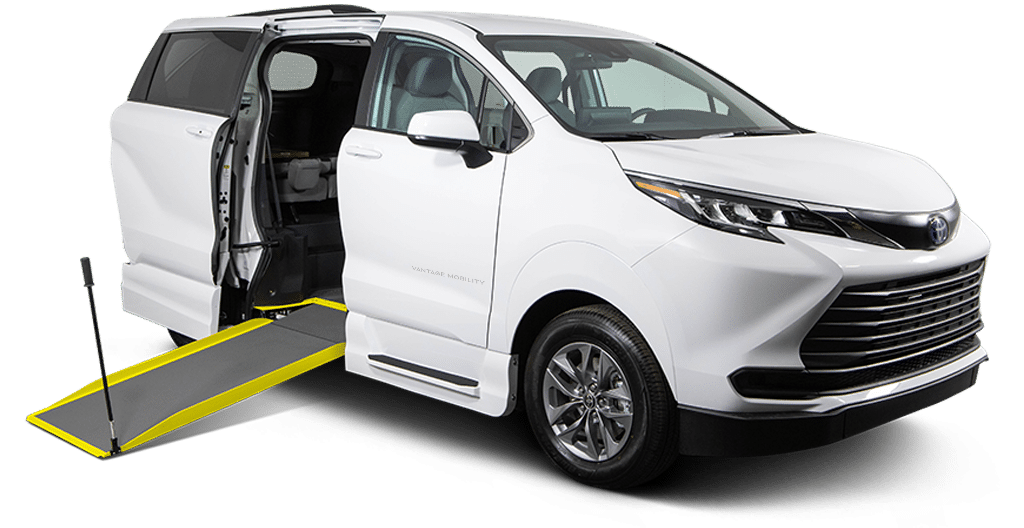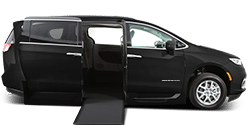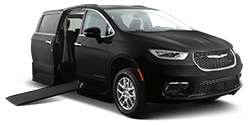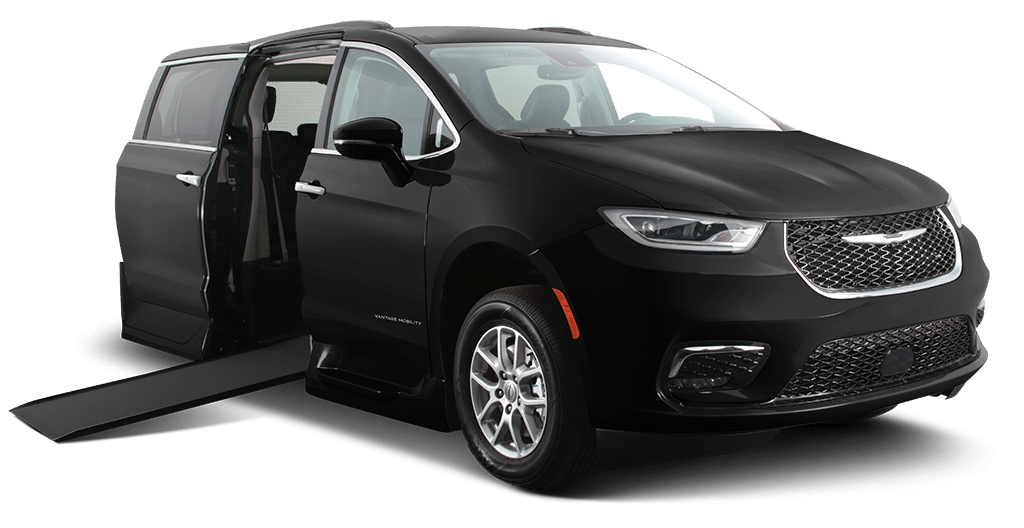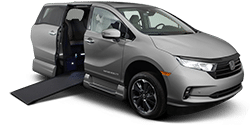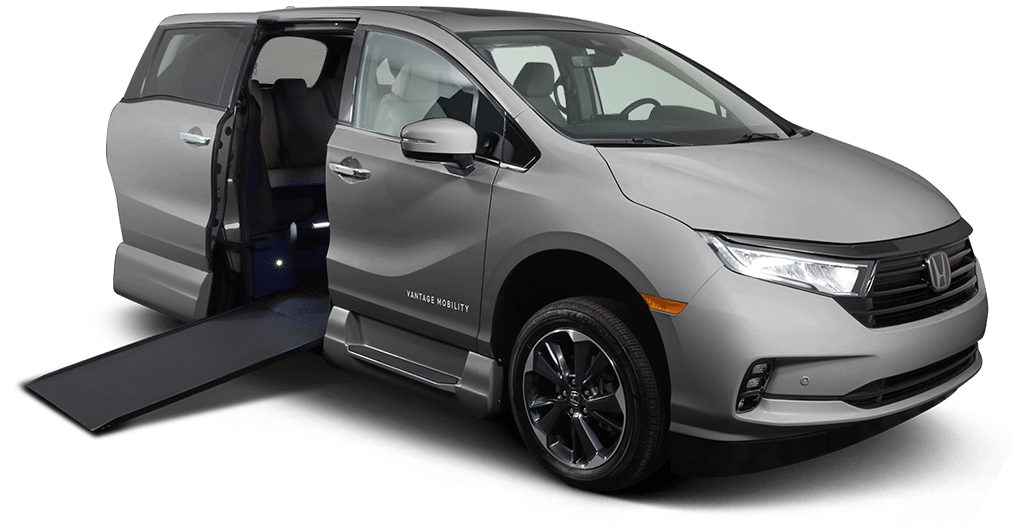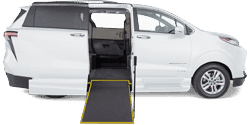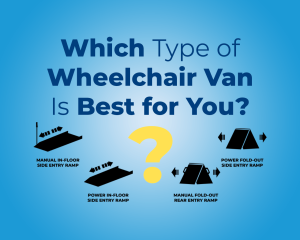Adjusting to life as a wheelchair user can feel overwhelming and scary at first. There is a lot to learn about your mobility limitations, and among these changes is parking.
Handicap accessible parking is a bit more complicated than a first glance might suggest. There are three different types of handicap parking spots, states have different rules regarding disability parking permits, and the disability community has its own etiquette.
You’re likely going to face new (and at times incredibly challenging) tasks while you get accustomed to using a wheelchair. But parking your car or wheelchair van doesn’t need to be a headache. Here are four disability parking tips to help.
Know the types of handicap parking spaces
There are three types of handicap parking spaces: standard, one-side entry wheelchair van, and two-side entry wheelchair van. Although most states don’t have laws or rules governing which types of parking spots your handicap parking permit grants access to, try to only use the space most appropriate to your needs.
Standard handicap parking spaces
These are the typical spots that you’re most likely already familiar with. They’re usually marked with the iconic stenciled wheelchair user on a blue background. The parking spots can comfortably accommodate sedans and SUVs, but they are not large enough for side-entry wheelchair vans.
Handicap parking spaces for vans
Van-specific parking spaces are much larger, and the sign is typically labeled as “Van Accessible.” These spots have a 96 inch-wide white-striped access area on one or two sides to let wheelchair users safely enter and exit the van while using a wheelchair ramp or lift. If you’re parking near a van-accessible spot, then be sure to leave ample room away from the hash marks.
Use your parking permit appropriately
Accessible parking permits come with a few simple rules: properly display the permit, placard or tag, know your state’s permit regulations, and don’t use the permit once it’s expired.
Don’t “lend” the parking permit or placard
Misuse and abuse of disability permits is an issue inside and outside of the handicap community. Legally and ethically, people who have not been issued a handicap parking permit must not park in the handicap spots. That includes non-disabled friends and family. No ifs, ands, or buts. The permit owner needs to be present whenever the permit is being used. Ignoring this rule could result in fines for you and the person who borrowed the permit. Your permit can even get revoked.
Avoid judging people who don’t look disabled
We all get understandably frustrated when watching someone who seems perfectly “normal” using the handicap spot. But it’s important to recognize that not all disabilities are visible, and different states issue permits for different reasons. Just because somebody isn’t using a wheelchair, walker or cane, doesn’t mean that they don’t need the handicap spot.
Those are the basic disabled parking rules you need to know. If you have any more questions, then visit us on Facebook and send us a message or post a comment. We’ll be glad to help you transition into life as a wheelchair user.



